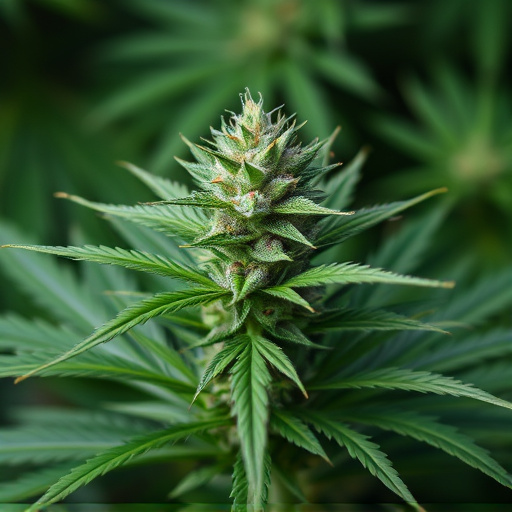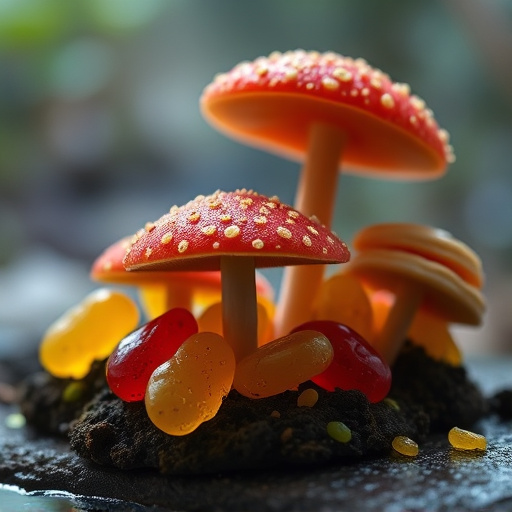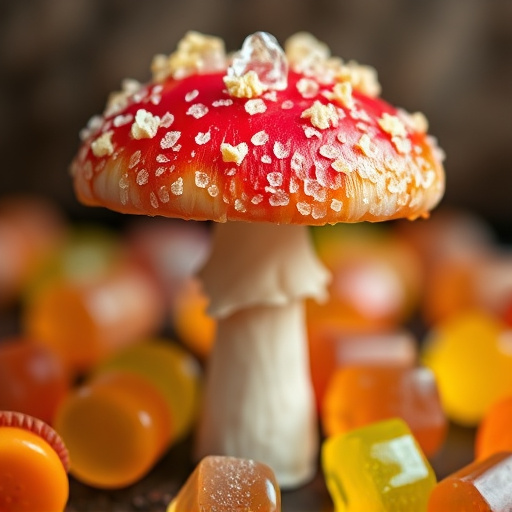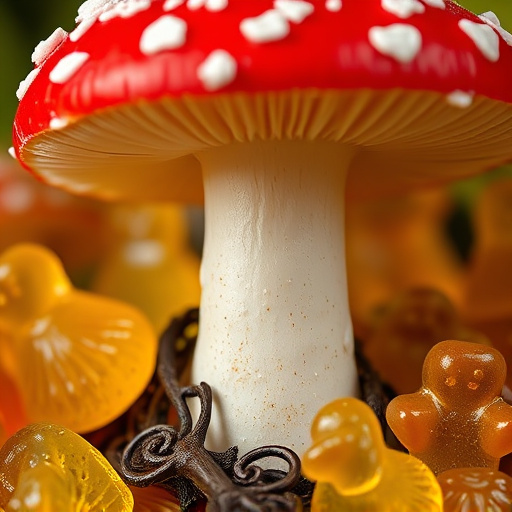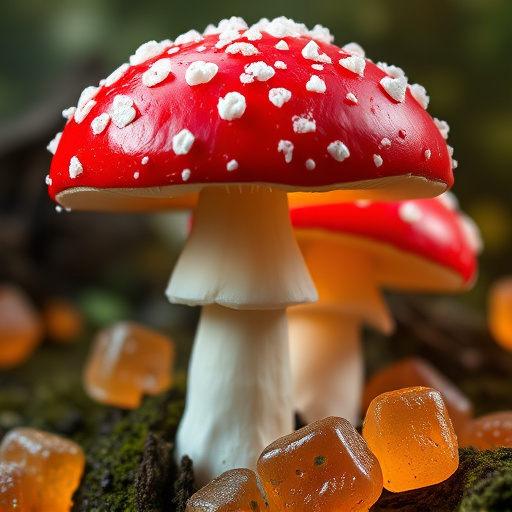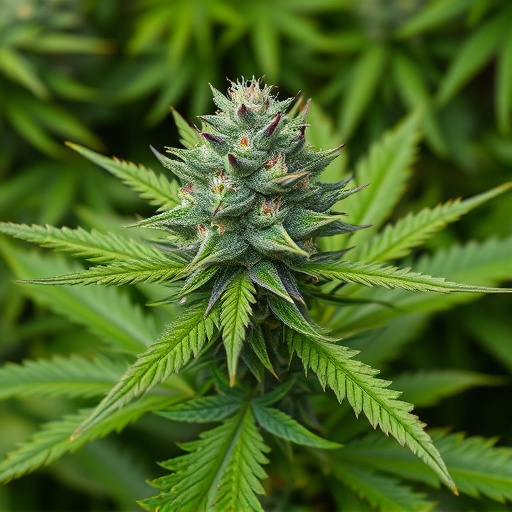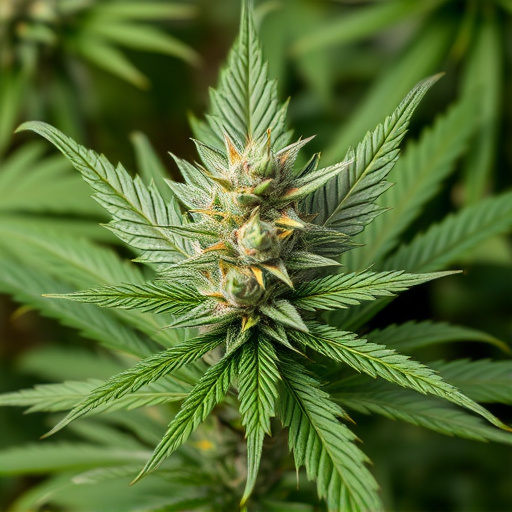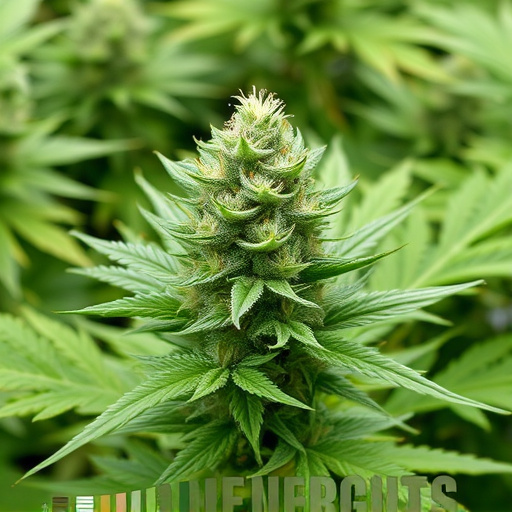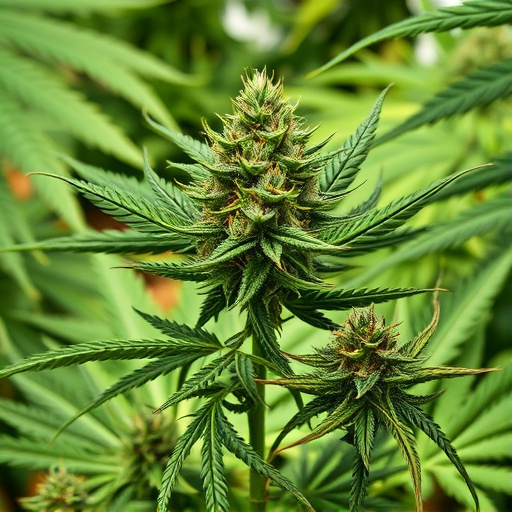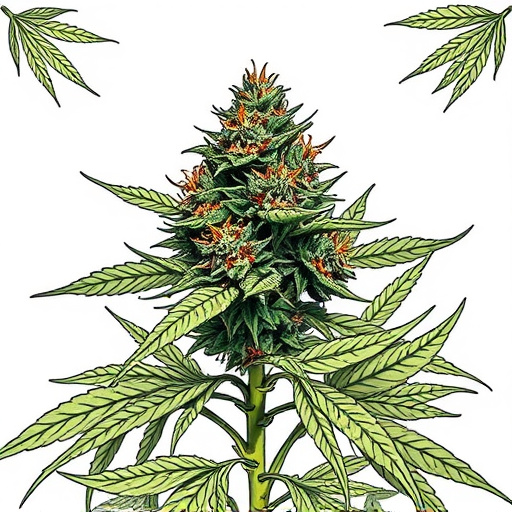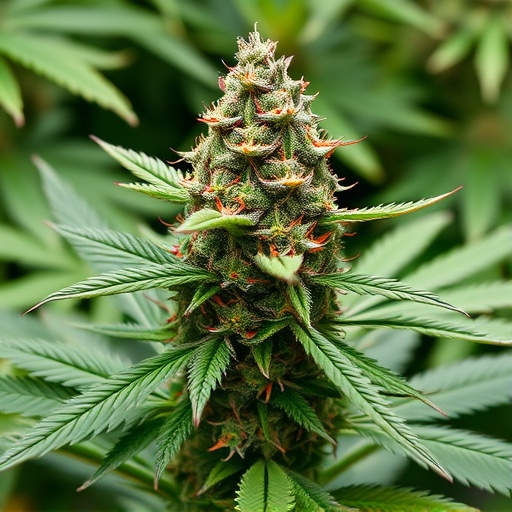The unique chemical dynamics of original cannabis strains, including cannabinoids like THC and CBD and aromatic terpenes like myrcene and pinene, significantly impact the user's experience of the "high." These factors contribute to variations in duration, intensity, and overall effects based on personal tolerance, metabolism, health, environmental conditions, consumption methods, and strain-specific profiles. Understanding these dynamics allows users to select strains tailored to their desired outcomes, emphasizing the personalized nature of cannabis experiences with original strains.
Unraveling the duration of a cannabis high is a complex dance between science and individual experiences. This article explores the multifaceted factors that extend beyond the chemical composition of original strains of cannabis. From genetic diversity and terpene profiles to physiological differences in users, environmental conditions, and consumption methods, each element plays a unique role in shaping the length and intensity of the high. By understanding these influences, cannabis enthusiasts can gain insights into personalizing their experiences.
- Genetic Composition and Terpene Profiles: Understanding the Chemical Basis
- Individual Variability: Factors Beyond Chemistry
- Environmental and Consumption Considerations: External Influences on High Duration
Genetic Composition and Terpene Profiles: Understanding the Chemical Basis
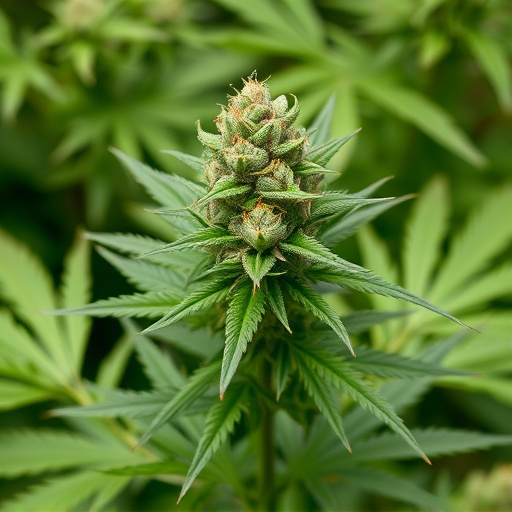
The genetic composition and terpene profiles of cannabis plants play a pivotal role in dictating the duration and intensity of the “high” experienced by users. Each original strain of cannabis has a unique chemical makeup, with varying levels of cannabinoids like THC and CBD, as well as distinct terpene compounds. Terpenes, aromatic organic compounds, contribute significantly to the plant’s scent and flavor, but they also interact with cannabinoids in complex ways that influence their effects on the body and mind.
For instance, certain terpenes are known to enhance or modulate THC’s psychoactive properties. Myrcene, a common terpene found in many strains, is often linked to feelings of relaxation and sleepiness when combined with THC. Pinene, another prevalent terpene, can offer a sense of clarity and focus. Understanding these chemical interactions is crucial for predicting and personalizing the cannabis experience, ultimately allowing users to choose strains that align with their desired effects and duration.
Individual Variability: Factors Beyond Chemistry
The duration of a cannabis high can vary greatly among individuals, and this isn’t solely due to chemical composition. Several factors beyond the chemistry of original strains of cannabis play a role in how long the effects last. Personal tolerance and previous consumption history significantly impact the perception of duration. Those who frequently use cannabis may develop a higher tolerance, leading to shorter-lived highs compared to occasional users.
Additionally, individual metabolism and overall health contribute to variability. Faster metabolizers might experience quicker dissipation of cannabinoids, resulting in shorter highs. Conversely, certain health conditions or medications can prolong the effects, as they may affect absorption and metabolism rates. Environmental factors like stress levels, sleep patterns, and even the setting where cannabis is consumed can also influence how an individual perceives the duration of their high.
Environmental and Consumption Considerations: External Influences on High Duration
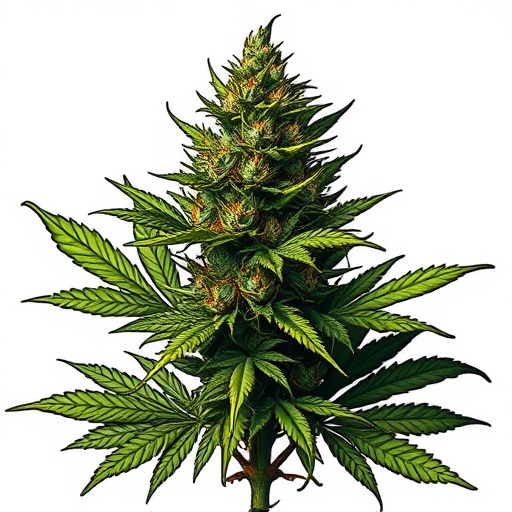
The duration of a cannabis high can be influenced by various environmental and consumption factors, offering insights into why users experience differing effects from the same original strains of cannabis. Environmental conditions such as temperature, humidity, and light play a significant role in how long the psychoactive effects last. Warmer temperatures and lower humidity levels tend to enhance the potency and prolong the duration of the high. Additionally, the time of day can impact the experience; consuming cannabis during periods of higher melatonin levels may alter the intensity and length of the high.
Consumption methods also contribute to varying high durations. Different consumption routes, such as smoking, vaping, or edibles, result in distinct absorption rates and peak times, affecting the overall duration. For example, edibles take longer to kick in but provide a more prolonged and intense high compared to immediate-effect methods like smoking or vaping. Furthermore, individual factors like metabolism, body weight, and tolerance can moderate how long the effects of cannabis last for each user, emphasizing the highly personalized nature of cannabis experiences.
The duration of a cannabis high is a multifaceted phenomenon influenced by genetic composition, terpene profiles, individual variability, and environmental factors. Understanding these elements, including the unique chemical characteristics of original strains of cannabis, allows users to make informed choices and tailor their experiences. By considering both biological and external variables, individuals can optimize their cannabis consumption for desired effects, ensuring a more enjoyable and personalized high.
